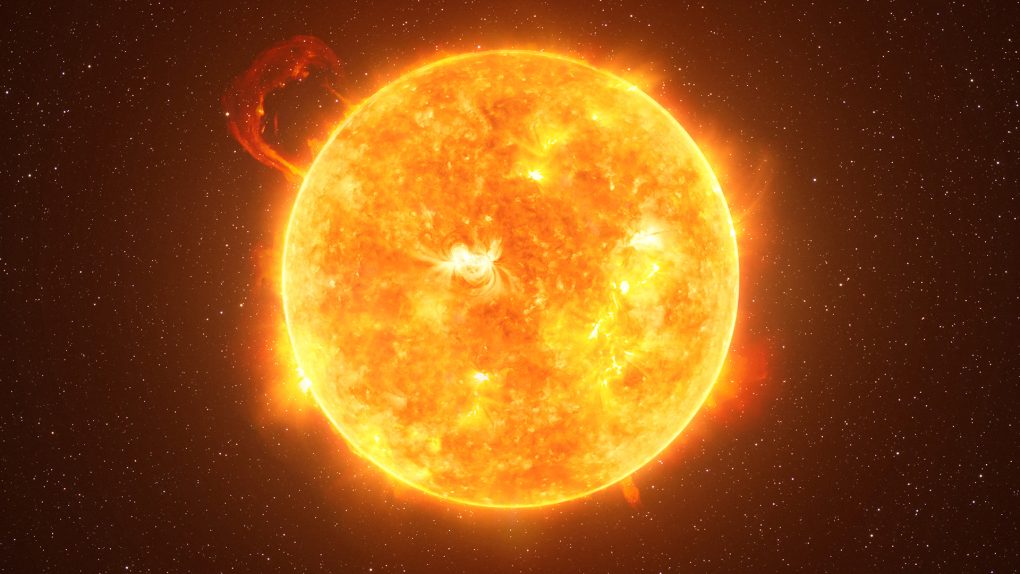Scientists and engineers at Caltech recently launched a special spacecraft into orbit called the Space Solar Power Demonstrator (SSPD). This spacecraft was designed as part of the Caltech Space Solar Power Project (SSPP) and will act as a direct test for what scientists call space-based solar power, or SBSP tech, which will try to beam solar power down directly from space.
The experiment is part of a longer-winded project which hopes to make renewable energy more obtainable by capturing solar energy in an environment where it is readily available without having to worry about day or night cycles or seasons and cloud cover. The SBSP tech successfully launched on January 3 and will test several key systems to capture and beam solar power back to Earth.
The SBSP spacecraft consists of three main experiments, all of which will test a key part of the project. The first part, DOLCE, is the Deployable on-Orbit ultralight Composite Experiment. This part of the SBSP tech is a structure that measures six feet by six feet and will demonstrate the architecture, packaging, and deployment of the modular spacecraft that would eventually form the power station.
The second assembly, ALBA, is a collection of 32 photovoltaic (PV) cells, which will enable the experiment to test which cells will be most effective in space’s punishing environment. Finally, the last part of the SBSP tech is MAPLE, the Microwave Array for Power-transfer Low-orbit Experiment. This part of the tech will demonstrate wireless transmission at a distance in space.
Altogether, the SBSP tech will act as a broader experiment to help develop the actual spacecraft that will be used to create a space-based solar power station. Solar energy has long been seen as one of the most successful types of renewable energy.
We’ve even seen the development of liquid systems that can help solar generation, as well as solar panels that don’t need sun, but being able to forego the worry of clouds and daytime hours altogether would be revolutionary.
The scientists say that it should know quickly whether DOLCE worked or not. The rest of the experiments will take time, though, and the team expects months of testing to see whether the setup for the SBSP tech works out or not.








